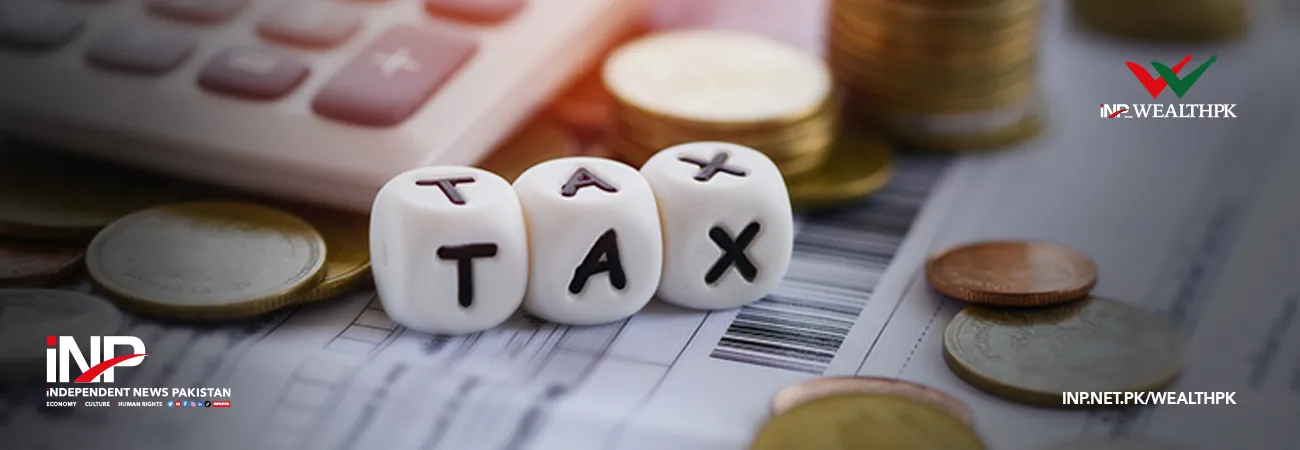i INP-WEALTHPK
Amir Khan
Pakistan’s manufacturing sector has seen a declining proportion in the industrial sector, with a worrying decrease in output during the first eight months of FY24 compared to FY23. In an interview with WealthPK, Additional Secretary at the Ministry of Industries and Production Muhammad Asad Islam Mahni said that a combination of factors such as substantial tax burdens, regulatory duties, and escalating interest rates have adversely affected the sector's productivity and discouraged potential investments. He highlighted the concerning decline of 0.51%, underscoring that this reduction indicated persistent challenges for the manufacturing sector, following a notable 10% decrease in output during the preceding fiscal year of 2022-23. Joint Secretary Large Enterprises Development at the Ministry of Industries and Production, Sibt-e-Abbas Zaidi told WealthPK that the manufacturing sector's importance transcends economic metrics, as it employs nearly one-fifth of Pakistan's labor force, with a notable contribution to exports, primarily led by the textile industry.
Additionally, it serves as a critical revenue source, generating approximately 60% of the Federal Board of Revenue (FBR) revenues while facing a disproportionately high tax burden. “An analysis of the Quantum Index reveals that as of February 2024, the index stands at a modest 118, indicating a cumulative increase of only 18% over a span of seven years and eight months. This paltry growth translates to an average annual rate of merely 2%,” he pointed out. However, recent trends paint a troubling picture, with a decline in output observed across nearly half of the industries from July 2023 to February 2024. Notably, the textile and automobile industries have made significant negative contributions to the overall growth rate of the QIM, facing challenges such as declining exports and severe import restrictions.
Attributing a significant portion of the dwindling GDP growth rate since 2017-18 to the lackluster performance of the manufacturing sector, experts highlight its historical significance as a driver of economic expansion. During periods of vigorous growth, such as from 1999-2000 to 2007-08, the sector boasted an impressive average annual growth rate of 10.7%, providing vital momentum to the overall GDP growth. Despite the pressing necessity for rejuvenation, investments in the manufacturing domain have sharply declined, dwindling to a mere 0.8% of the GDP in 2022-23, a significant drop from 2.8% recorded in 2007-08. To reverse this downward trajectory, Asad Islam Mahni advocates for comprehensive reforms, including tax policy adjustments, fiscal incentives for investment, and a renewed focus on export-led growth.
Credit: INP-WealthPk









